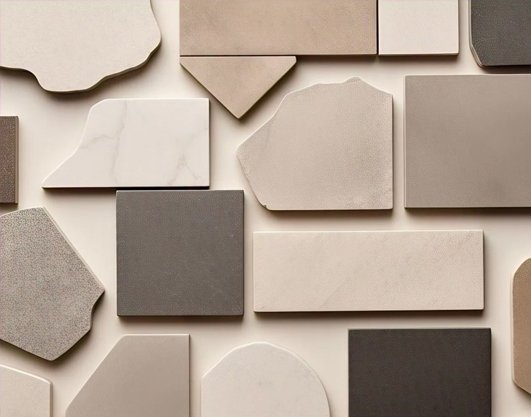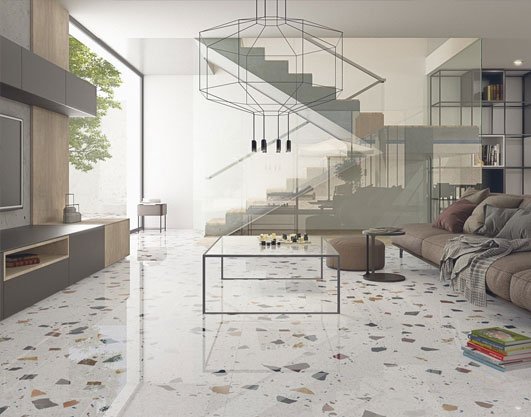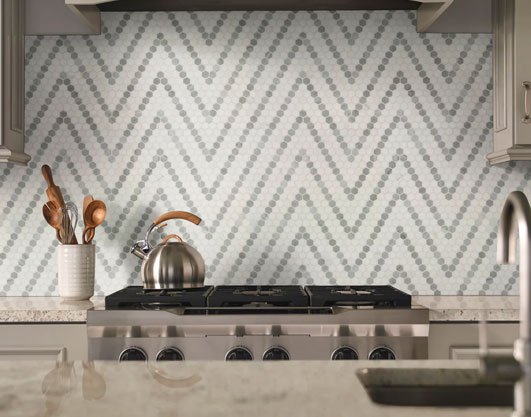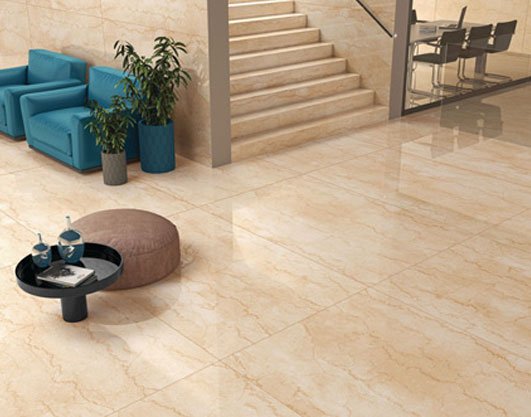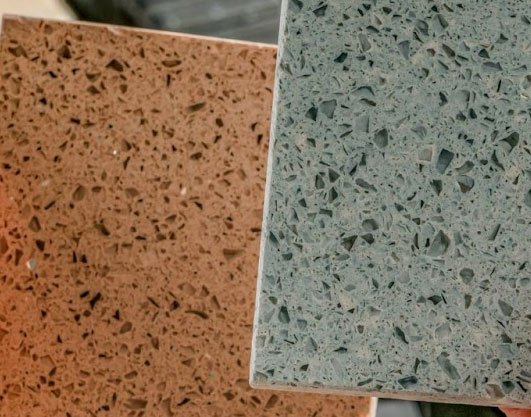Introduction
India’s vast geography brings extreme weather—scorching summers in Rajasthan, heavy monsoon showers in Kerala, humidity in Chennai, and diverse conditions everywhere in between. Your choice of tile must suit not just your home’s aesthetics but also its unique climate challenges. Whether you’re building, renovating, or upgrading, making the right selection ensures your home is beautiful and resilient for years.
This detailed guide from hansrajtiles.com will walk you through how to choose the perfect tiles—by region, climate, and room. Get climate-smart, stylish, and durable solutions for every space.
Understanding India’s Climatic Zones
Let’s look at the main zones and tile needs:
- Hot & Dry Regions: Rajasthan, Gujarat, Madhya Pradesh—extreme temperatures, minimal rainfall.
- Humid & Coastal Regions: Kerala, Tamil Nadu, Mumbai—high humidity, salt, heavy rain.
- Rain-Prone Areas: Assam, Bengal, coastal Karnataka—frequent downpours, flooding risks.
- Cold & Hilly Areas: Kashmir, Himachal Pradesh—low temperatures, snow, moisture.
Each region presents different challenges—heat retention, water damage, mold, fading, stains, and cracks.
Tile Types and Their Climate Advantages
1. Porcelain Tiles
Porcelain tiles are a top pick for nearly every climate. Their low water absorption (usually <0.5%), high density, and ability to withstand heat and humidity make them ideal for coastal, humid, and hot zones.
- Benefits: Cool to touch, UV-resistant, mold-proof, highly durable.
- Best Use: Floors, bathrooms, terraces, kitchen backsplashes, pool decks.
2. Vitrified Tiles
Vitrified tiles are glazed porcelain, offering even greater resistance to stains, scratches, moisture, and fading.
- Benefits: Suit both outdoor/indoor use, minimal maintenance, wide style range.
- Best Use: Urban flats, high-rise balconies, gardens, parking spaces.
3. Natural Stone Tiles (Granite, Kota Stone, Marble, Slate)
Stone tiles, especially granite and Kota, remain cool in extreme heat and resist heavy wear, provided they’re properly sealed.
- Benefits: Naturally cool, slip-resistant, durable; Kota stays cool in Rajasthan summers.
- Best Use: Pathways, porches, outdoor stairs, bathrooms.
4. Ceramic Tiles
Ceramic tiles work well in moderate climates and protected outdoor areas, with special finishes adding slip resistance.
- Benefits: Affordable, versatile, easy to install.
- Best Use: Kitchen walls, bedrooms, sheltered balconies.
5. Terracotta & Clay Tiles
Terracotta tiles are ancient Indian classics, perfect for coastal and southern states. Naturally cooling and moisture-resistant when sealed.
- Benefits: Rustic charm, eco-friendly, keeps floors cool.
- Best Use: Courtyards, traditional houses, exterior walls in South India.
Specialized Solutions
Heat-Reflective & Cool Roof Tiles:
New-generation roof and wall tiles reflect solar heat, lowering indoor temperatures and reducing electricity bills for ACs.
Best for rooftop terraces and balconies across hot zones.
Anti-Skid/Slip-Resistant Tiles:
For monsoon and bathroom use, anti-skid tiles minimize slip risk, even when floors are wet.
Tile Maintenance for Monsoon & Humidity
- Seal grout lines regularly: This prevents water seepage, staining, and mold growth in rainy regions.
- Choose UV-resistant or light-colored tiles in hot regions: Reflective surfaces minimize heat absorption.
- Use waterproof adhesives: Especially critical for bathrooms and coastal cities with consistently high humidity.
Regional Tile Preferences
North India: Vitrified tiles and granite for temperature swings; anti-skid in snow zones.
South India: Terracotta and stone for cooling; porcelain in coastal cities.
West India: Light-colored marble/vitrified for dry heat; sandstone for classic looks.
East India: Ceramic or cement tiles resist frequent rain; bright colors suit local décor.
Design & Practical Tips
- Large-format tiles: Fewer grout lines, easier cleaning, less chance of dirt and mold buildup.
- Textured finishes: Ideal for wet areas, pathways, and terraces for extra grip.
- Avoid dark colors for exposed areas: They absorb more heat and fade quicker.
Choosing the Right Tile for Every Room
- Living Room: Porcelain or vitrified in light tones for cool elegance.
- Kitchen: High-gloss porcelain or ceramic—easy to wipe, resists stains.
- Bathroom: Anti-skid porcelain, matt finish, waterproof adhesive.
- Outdoor Spaces: Granite, vitrified or heat-reflective tiles, light colors, textured surfaces.
- Balconies/Roofs: Heat-resistant cool roof tiles; terrazzo or clay for rustic cooling.
Explore hansrajtiles.com curated collections for your specific regional needs.
Conclusion: Personalize Your Tile & Climate
There is no one-size-fits-all in Indian flooring; climate, décor, and lifestyle all play a role. Armed with these tips, you can select tiles that look stunning, suit your local weather, and last for years. For personalized recommendations, visit hansrajtiles.com or contact our experts—make your home beautiful and climate-smart!

